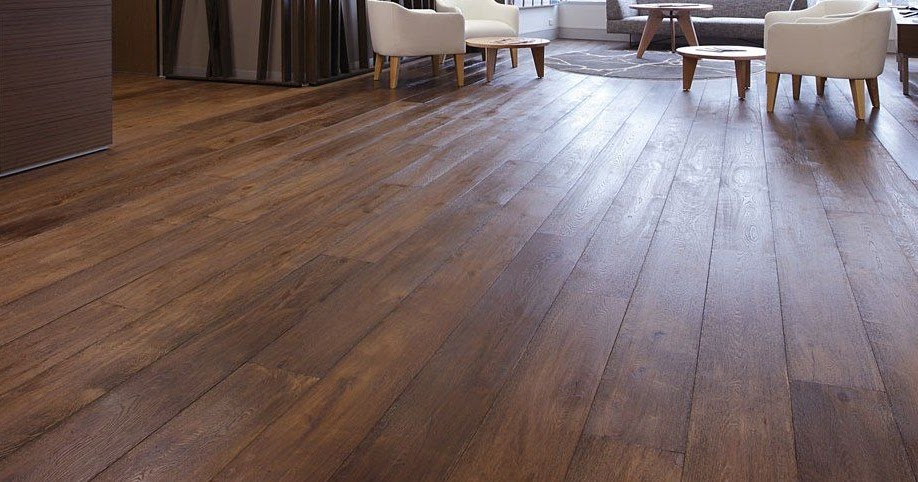Introduction
Embarking on a floor sanding in Melbourne is an exciting endeavor, but understanding the time commitment involved is crucial. In this guide, we’ll delve into the factors influencing the duration of the process and provide insights to help you plan effectively.
Section 1: Initial Preparation
Before the sanding machines whir to life, there’s a crucial phase of preparation that sets the stage for the entire project. This initial step involves clearing the space, inspecting the floor, and making necessary repairs.
Section 2: Clearing the Space
The first order of business is to clear the room of all furniture, rugs, and personal belongings. This step is essential for a seamless sanding process and ensures the safety of your possessions.
Pro Tip: Consider hiring professional movers to speed up the process and reduce the risk of damage to your items.
Section 3: Inspection and Repairs
Taking the time to thoroughly inspect the floor for damages is a critical step that should not be rushed. Addressing issues such as cracks, holes, or loose boards at this stage will prevent them from becoming more problematic during the sanding and polishing process.
Section 4: Sanding Process
The actual sanding phase is where the magic happens, restoring your floor to its former glory. However, the duration of this step depends on several factors.
Section 5: Understanding Grit Levels
Different areas of your floor may require varying grit levels during the sanding process. Starting with a coarse grit and gradually progressing to finer grits ensures a smooth and polished finish. The time spent on each grit level will influence the overall duration of the sanding.
Pro Tip: Consult with professionals to determine the ideal grit progression for your specific floor type.
Section 6: Room Size Matters
The size of the room being sanded directly impacts the timeline. Larger rooms will naturally take longer to complete, so it’s essential to factor in room dimensions when estimating the overall duration of the project.
Pro Tip: Plan ahead for alternative living arrangements if the room undergoing renovation is a frequently used space.
Section 7: Polishing and Finishing Touches
Once the sanding is complete, the polishing process begins, bringing out the natural beauty of your timber floor. This phase also involves applying protective coatings and ensuring a flawless final result.
Section 8: Drying Time
After the application of polish and coatings, allowing sufficient time for drying is crucial. The type of polish used and environmental factors like humidity can influence drying times. Patience at this stage ensures a durable and long-lasting finish.
Pro Tip: Consider using fans or opening windows to expedite the drying process.
Conclusion
In conclusion, the timeline for floor sanding and polishing in Melbourne varies based on factors like room size, grit levels, and drying times. Understanding these aspects will help you plan effectively for your flooring project. Whether you choose to embark on a DIY adventure or enlist the expertise of a professional Floor Sanding Melbourne service, knowing the timeline ensures a smoother experience.
We’d love to hear about your experiences with floor sanding. Feel free to leave a comment below, sharing your tips and insights or asking any questions you might have. Happy sanding!

